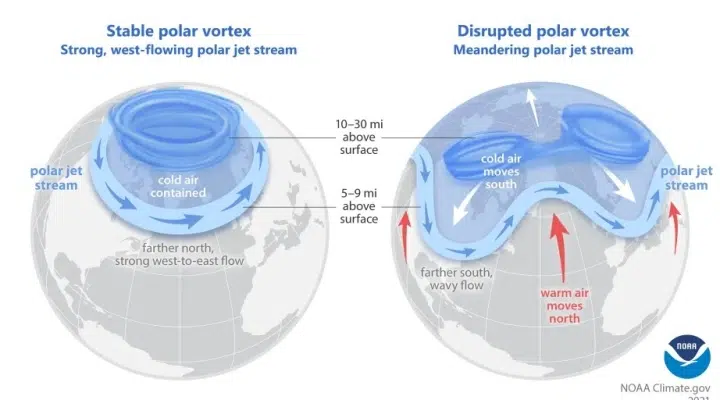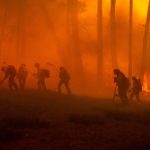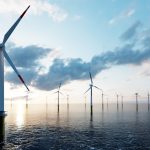
Mid-January in New Jersey consisted of extreme cold, high winds, and snow, some of which is typical of winter. This is attributed to the polar vortex, a mass of cold air in the upper atmosphere, strongest in winter, causing blasts of cold air as it descends towards the equator. However, RCEI Affiliate Steven Decker, explains that the cold weather New Jersey experienced occurred from a split in the polar vortex. “As far as we know, that’s been a characteristic of the polar vortex. Sometimes, it’s strong and keeps the cold air near the North Pole. Other times, it’s weaker or displaced, leading to these outbreaks in cold air,” explained Decker. Decker went on to explain that some research indicates climate change can lead to more frequent polar vortex disruptions.
Full article here.







